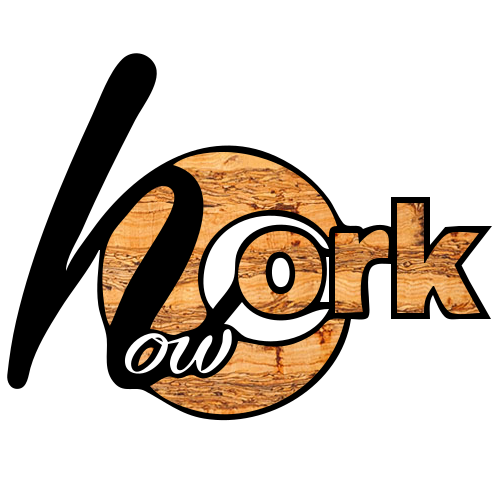So you probably guessed, cork is one of our absolute favorite raw materials on the planet. We sell exclusively cork products in our marketplace, but we wanted to take a minute to talk about all of our favorite natural fabrics that are finding their way into the world of sustainable and ethical fashion. Many new brands are rethinking the way that we dress and accessorize, and we just wanted to highlight some of our favorite innovative materials. There are so many amazing fabric combinations just waiting to be experimented with together, like cork, hemp, linen, mushroom fiber, and pineapple skin. Imagine the possibilities!
Our 7 Favorite Natural Fabrics in Sustainable Fashion
Cork: Of course, we have to start the list with cork, or what type of cork marketplace would we be? Cork is a natural tree bark that is removed from the Cork Oak without harming the tree in any way and benefits the long-term health of the tree. This is because the cork oak enters a regeneration process when it is harvested, and it produces more oxygen and absorbs more CO2 than it does in periods when the bark is not harvested. Cork is an unmatched creation of mother nature that man has yet to replicate. It has unique and incredible properties, due to its waxy interior structure and air pockets between its cells, which allow it to be resistant to the elements (fire, water, dirt, wind abrasion). As it does not absorb water and dirt into its cells, it is a hypoallergenic material that does not allow for mold growth. It is also sound, shock, and thermal resistant, making it not only ideal for replacing animal leather in fashion, but for walls, flooring, and acoustic padding. Cork is also FSC certified, and cork harvesting is considered one of the most sustainable forestry practices on the planet.
Hemp: Hemp, or Cannabis Sativa, is a plant that is one of the oldest known cultivated plants known to man, that has been at our side since the beginning of recorded agriculture. Hemp can be used to do just about anything, from fiber to plastic to cement, and it requires no pesticides to grow. Hemp fiber is incredibly strong (hemp was used historically to make ropes for ships and sacks for storing potatoes, grains, etc.). It is also soft and gets softer with age, and hypo-allergenic. We hope to work with hemp and cork combinations in the future without a doubt.
Linen: We love linen. It is entirely natural and so elegant and classic. Linen fabric is made from the cellulose fibers from inside of the stalks of the flax plant, which, like hemp, is one of the oldest cultivated plants in human history. Side note, both hemp and flax seed are incredibly nutritious :)
Pineapple: Pineapple leather is also a new, up-and-coming vegan and natural fiber making waves in the eco-fashion scene. Pinatex is the company leading the way with pineapple fiber. They are designing and creating innovative bags and wallets from a beautifully patterned pineapple-based material made from the fibrous part of pineapple skin.
Mushroom: Another creative plant-based fiber is mushroom leather, which is available as a product called MuSkin made by Life Materials.eu and Zero Grado Innovation. MuSkin mushroom fiber, like cork and pineapple, is endowed with intricate natural patterns that remain in the final product, rendering each piece a unique work of nature. The only downside to mushroom leather is that it is quite thin and supple, so it needs to be used along with a thicker, more durable fiber as a backing. But on the positive side, it is a 100% natural material, with no polyurethane used as a stabilizer.
Lyocell-Tincel: Lyocell-Tincel is also a completely natural fabric that is very similar to linen, in that it is made from plant cellulose. It is making its way into many sustainable collections by big (higher end and also less expensive fast-fashion) fashion names, which we think is great. It was used often in elegant clothing in the 1980s, but it has recently started to make an appearance again in trends.
Banana: Last on the list is banana paper, used for making bags and wallets. It has a very natural and rugged look to it, almost like a wrinkled brown paper bag, but in the best way possible. Banana fabric is a stunning way to make use of otherwise wasted banana plant fibers and is providing a new way for many communities in South America to create prosperity.


